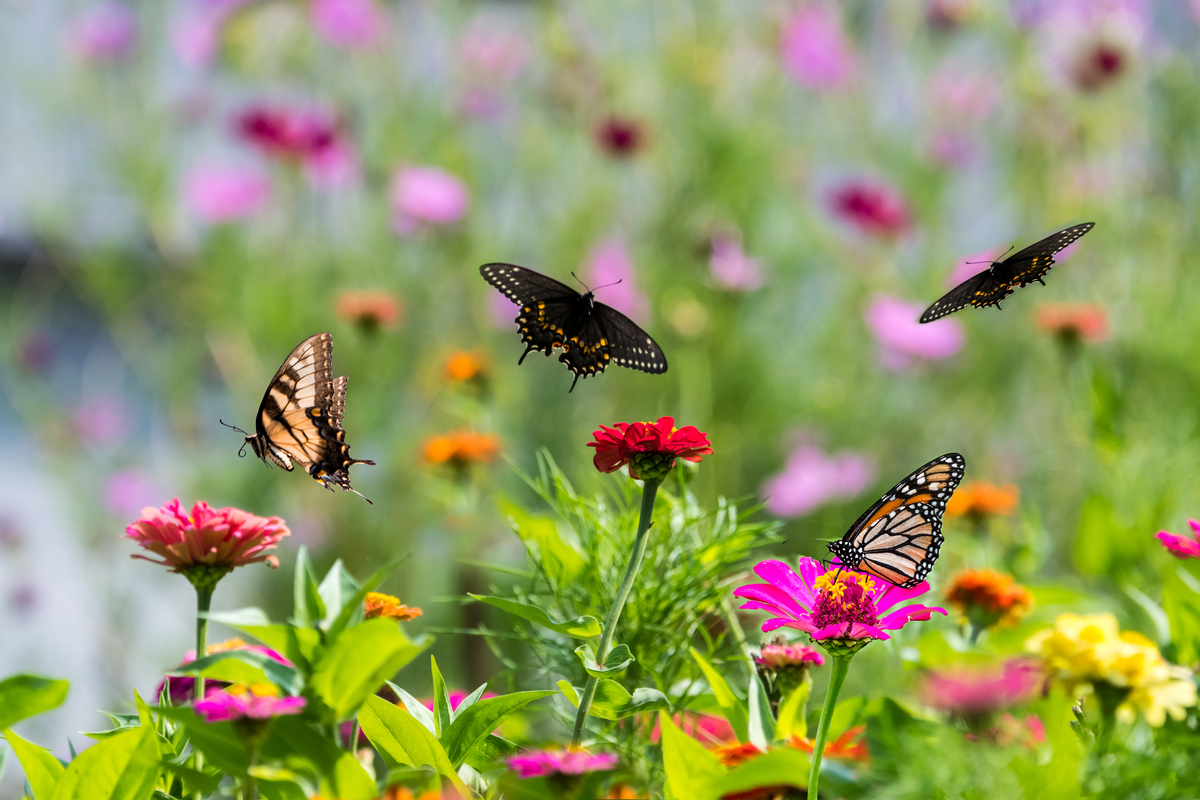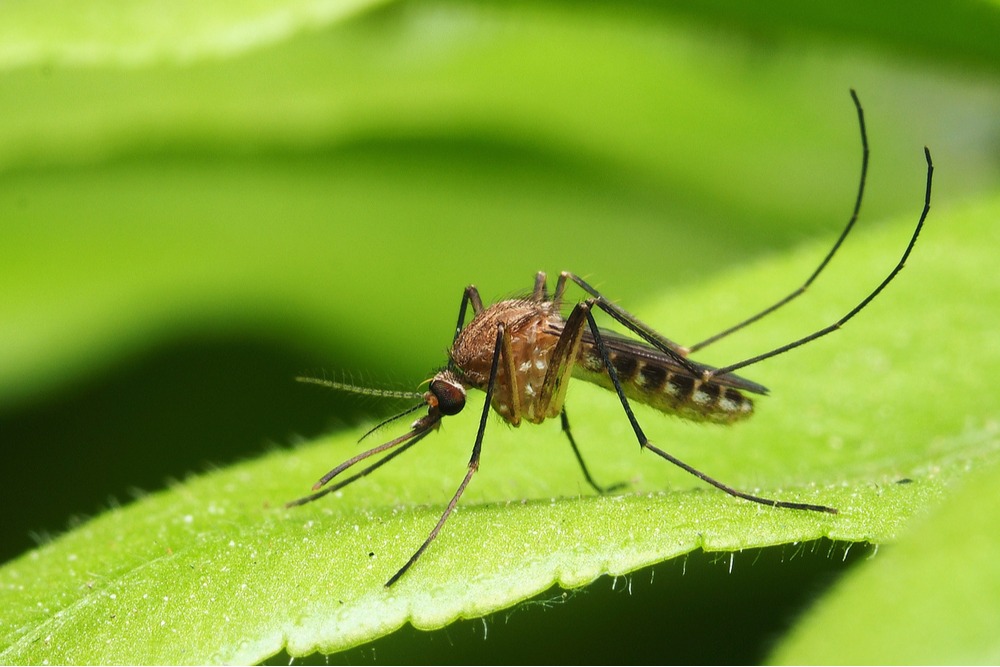Module/Week 10
Lifelong Learning
Laboratory & Media Piece

Lifelong Learning Objective
Prepare for animal topics and situations that you may encounter in the future.
This activity links together many of the course concepts. In your final animal biology portfolio, this media media may fit well within one of the “Connections” learning outcome categories.
Assignment (due Sunday on Canvas)
This topic is also discussed on the Lifelong Learning webpage
Lifelong Learning
You are likely to continue encountering and learning about animals throughout your lifetime. For this assignment you are investigating animal topics and situations you may encounter in the news and personal adventures. Since this piece is connecting animals to science news, human health, food, and everyday life, it may be a good fit with a connections learning outcome in your final portfolio.
Since much of your future learning about animals will likely involve searching online, this is a good assignment to use the web to find information if you have not already been doing so. Consider re-formulating information into original work using your own perspective, personal experiences, and creative media.

Create an original media pieces that Includes each of the following:
-
two types of marine mammals including (A) basic characteristics, (B) what they eat, and (C) whether their populations are in decline.
-
two different types of animals that are worm parasites of humans, including how (A) humans acquire the worm, (B) where the worm is located in the human body, and (C) how the worm negatively impacts human health.
-
two different types of animals that are vector parasites that transmit pathogens causing human disease including (A) why the vector animal attacks humans in the first place (what it “needs”), (B) the parasite(s) or pathogen(s) the vector can transmit to humans, and (C) the type of human disease(s) that can result.
-
two examples of beneficial garden animal species, including (A) what they consume, (B) how they benefit humans, and (C) how humans can increase the carrying capacity for these species within garden habitats.

